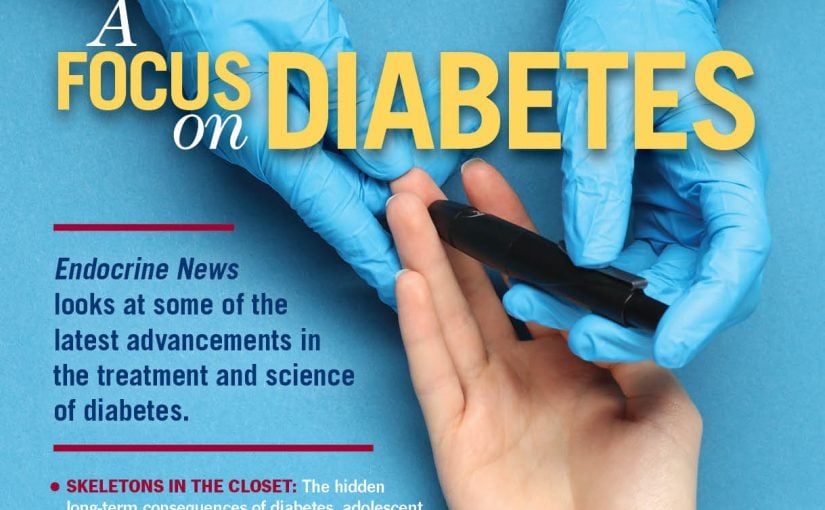Long-term pegvisomant therapy for acromegaly can lead to a sustained increase in adiposity but no change in skeletal muscle mass, according to a study recently published in Journal of the Endocrine Society.
Researchers led by Pamela U. Freda, MD, of the Columbia University Department of Medicine in New York, point out that pegvisomant, a growth hormone receptor (GHR) antagonist, treats acromegaly by blocking GH action in peripheral tissues and the liver and that normalization of circulating IGF-1 levels with pegvisomant therapy is associated with improvements in the clinical and metabolic abnormalities of acromegaly. “However, since pegvisomant is a potent antagonist at all GH receptors, it could be questioned whether, if in sufficient doses, some degree of functional GH deficiency could be manifest in tissues with its long-term use that is not reflected in serum IGF-1 levels,” the authors write. “Since GH deficiency is associated with increased central adiposity, [insulin resistance (IR)], and reduced muscle mass, an investigation of the long-term effects of pegvisomant on body composition was warranted to determine if this normalizes.”
For this study, Freda and her team examined data from 21 patients with active acromegaly starting pegvisomant treatment. Endocrine and metabolic markers were measured before and serially during 1.0 to 13.4 years of pegvisomant therapy. The researchers found that mass of visceral adipose tissue (VAT) increased to a peak of 187% while subcutaneous adipose tissue (SAT) increased to 109% of baseline. Skeletal muscle did not change, IGF-1 levels normalized, and homeostasis model assessment insulin resistance and HbA1C were lowered. The researchers go on to write that their study also shows that pegvisomant monotherapy leads to a rise in intrahepatic lipid (IHL), which is reduced in active acromegaly, meaning that therapy can return IHL to normal.
In the conclusion, the authors write that since these adipose tissue masses didn’t increase above what was predicted or escalate over time, and since insulin resistance improves with therapy, these results suggest that years of GHR antagonism does not result in a GHD pattern of body composition. “Pegvisomant therapy leads to a seemingly less favorable body composition profile and rise in cardiovascular risk markers that parallel normalization of IGF-1 levels and improvement in glucose metabolism,” the authors write. “Long-term outcome data are needed to confirm that normalization of IGF-1 level on pegvisomant returns excess mortality to normal despite these other effects.”

